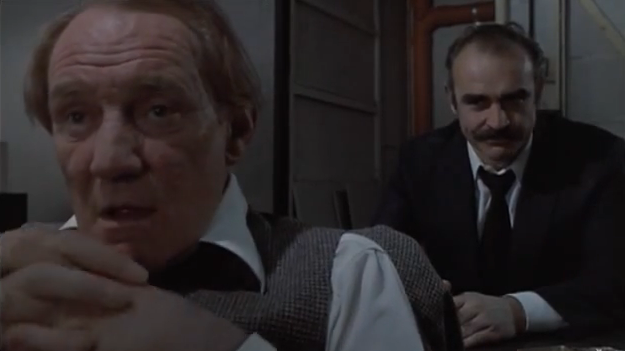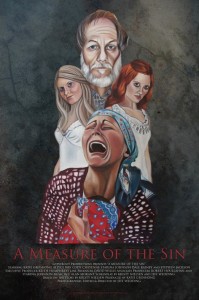When older patients seek out health care, they are unwittingly enrolling in an experiment: Will medical procedures that have been proved effective mainly on the young also help the elderly?
That’s the first sentence in the editorial that my colleague Dr. Donna Zulman and I have in the New York Times today. We discuss the exclusion of older patients from many medical research studies and how it both compromises quality of care and is socially unjust. It’s a specific example of the more general problem I have discussed before: The people who are enrolled in the research studies that guide the provision of health care are markedly different from real-world patients on many dimensions.
When I was a member of an National Institutes of Health (NIH) grant review section, I saw many proposals that restricted study enrollment to people under the age of 55 or 60 or 62 or 65. I would always ask “If a patient otherwise enrollable was one day over your upper age limit, how would you justify excluding them to their face?”. The dominant response by grant applicants was interesting: Continue Reading…



